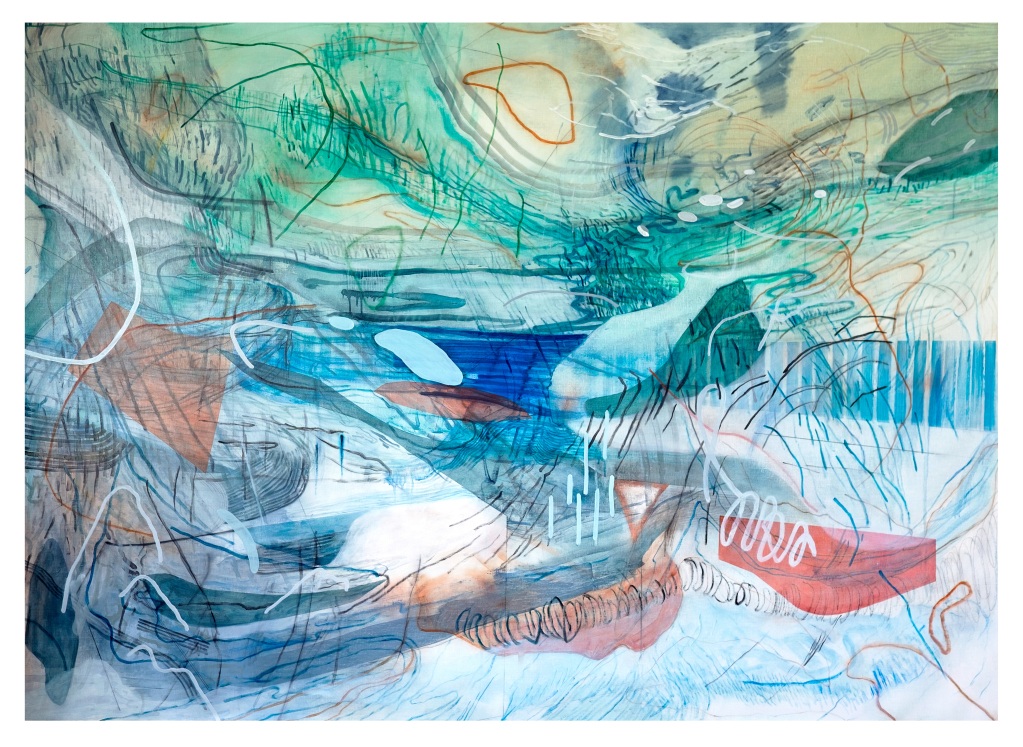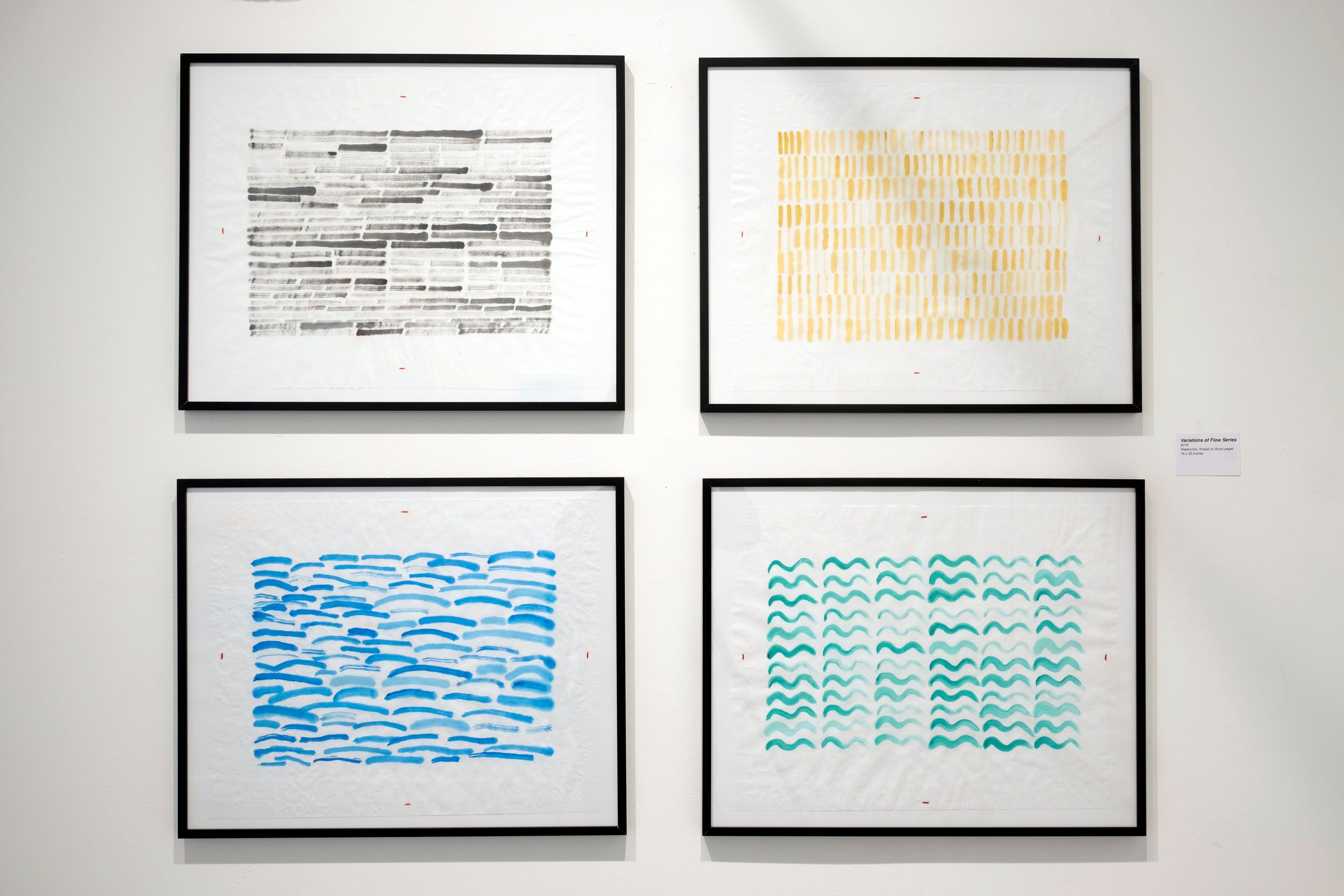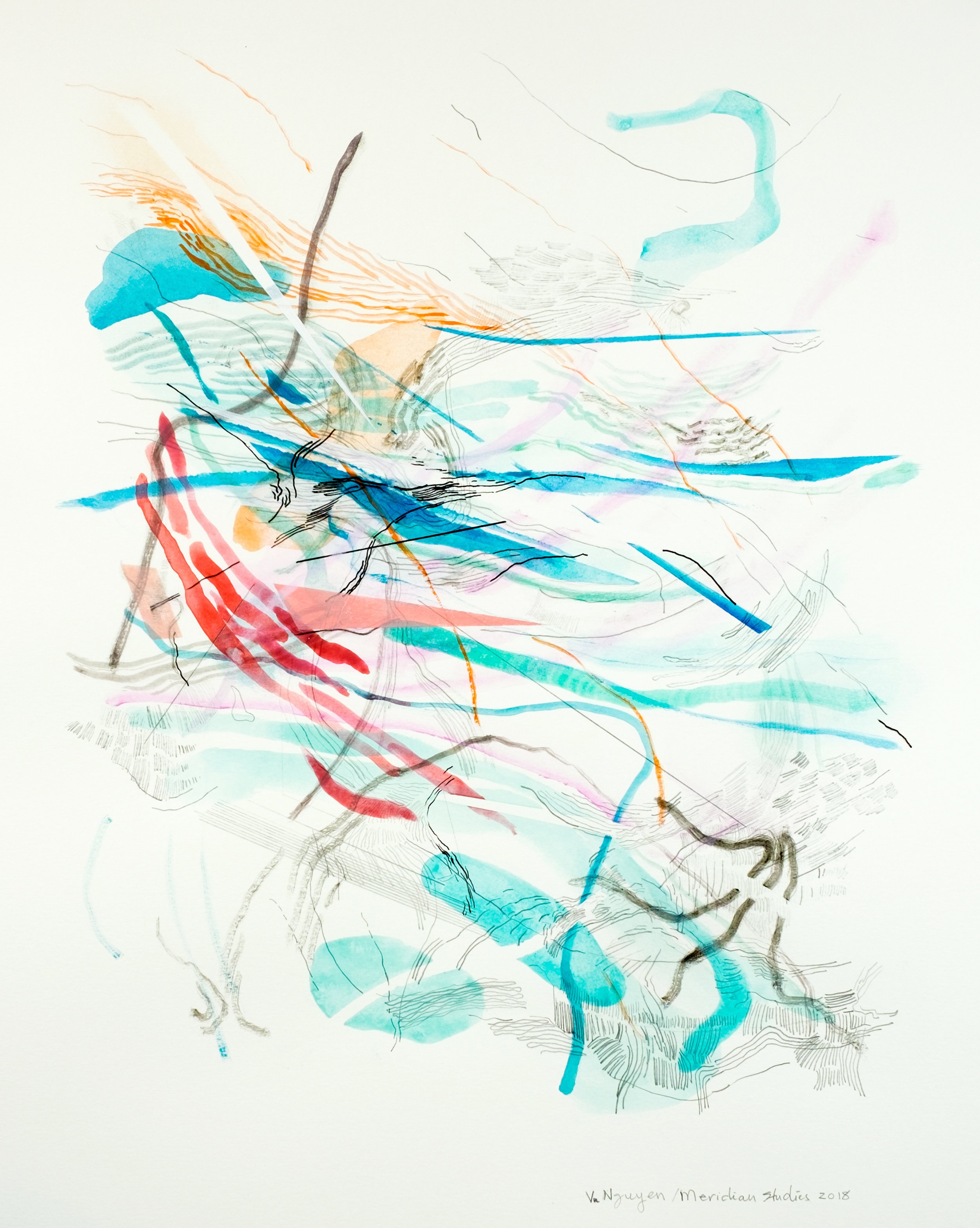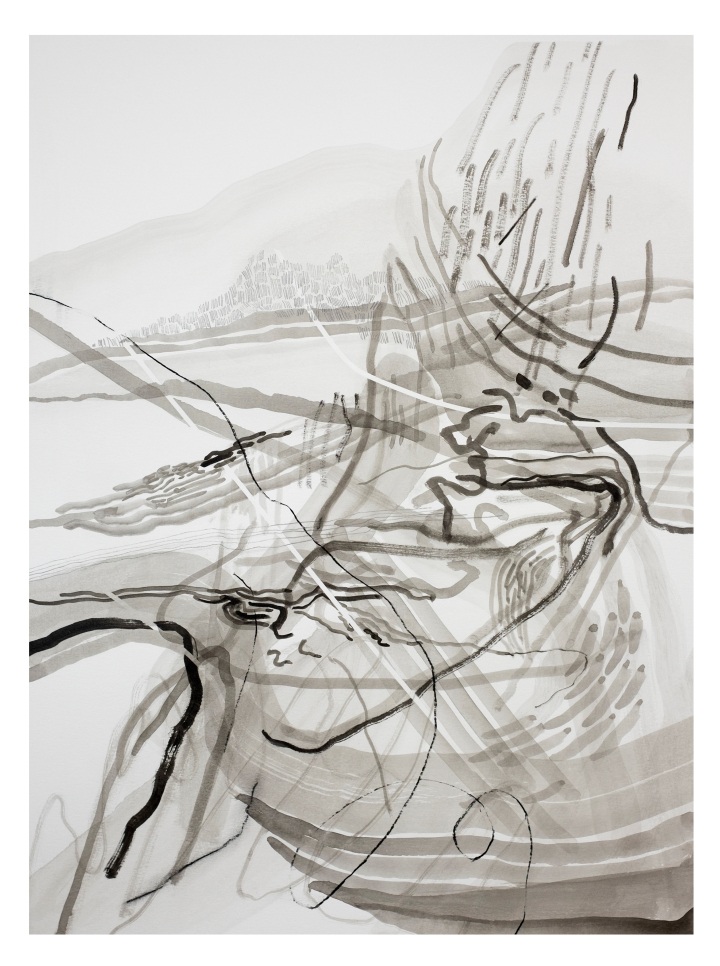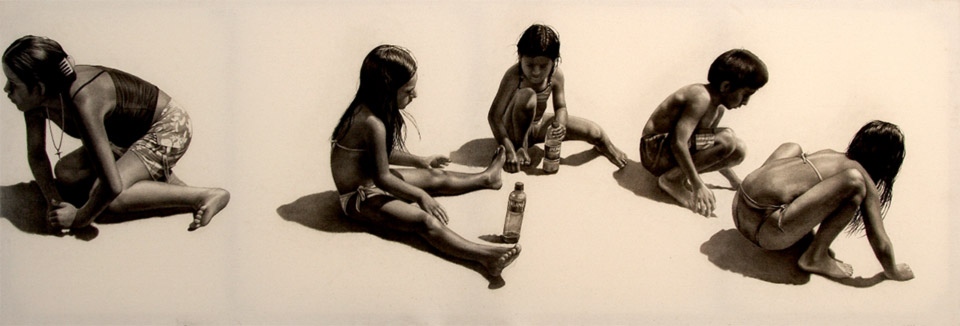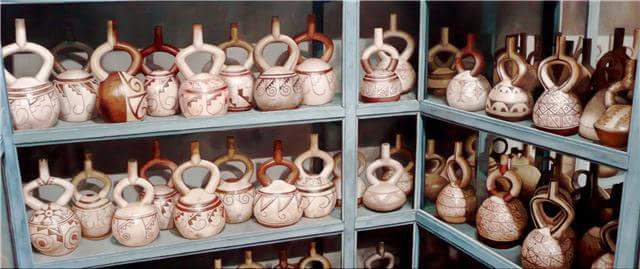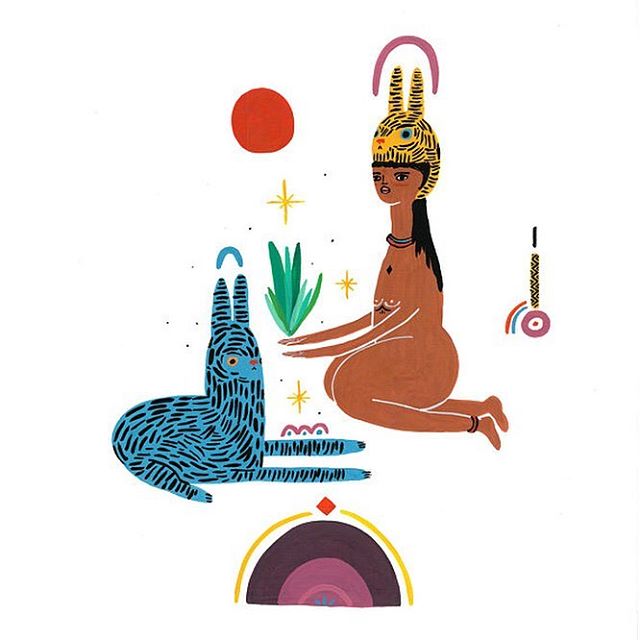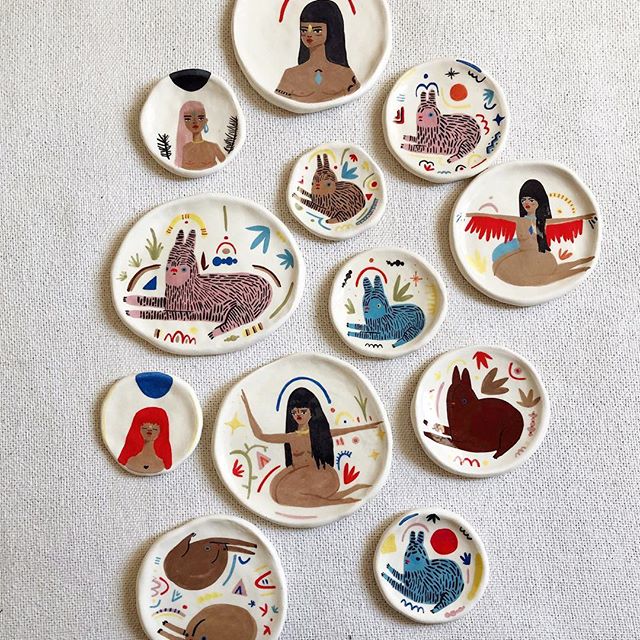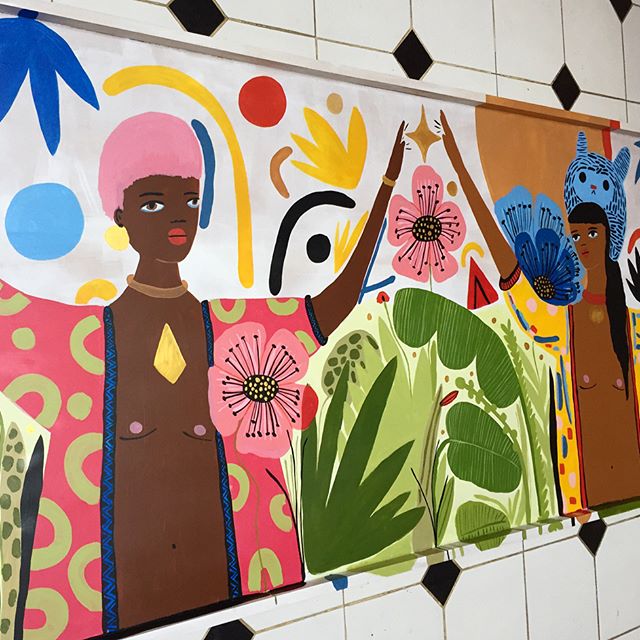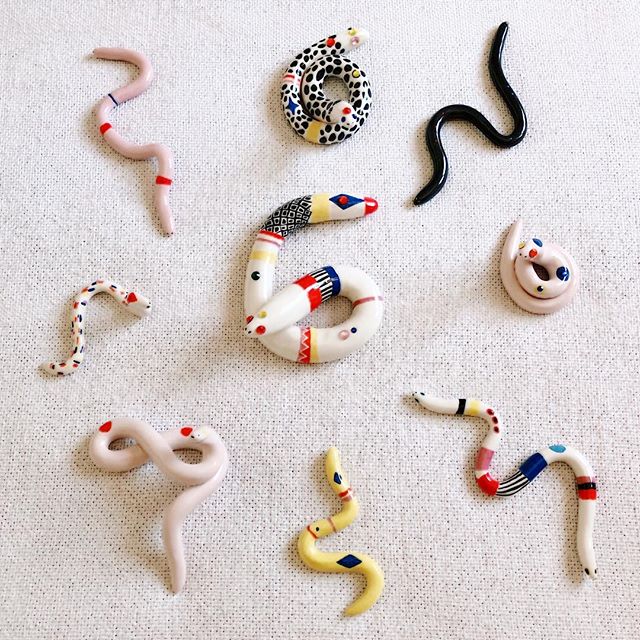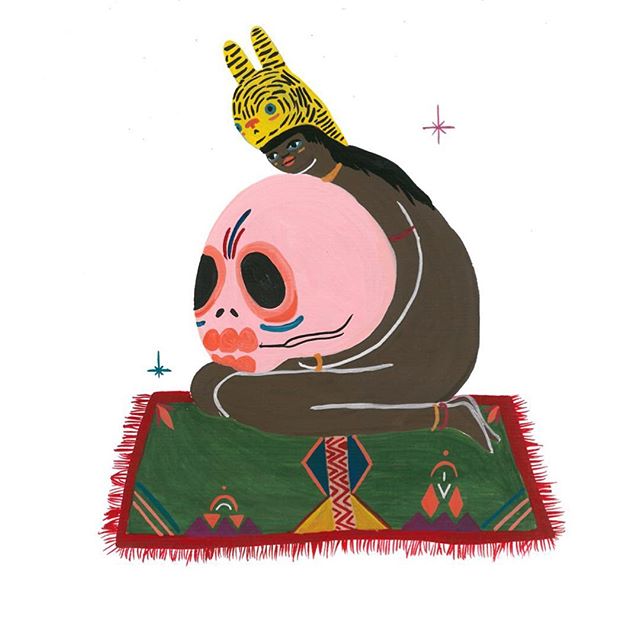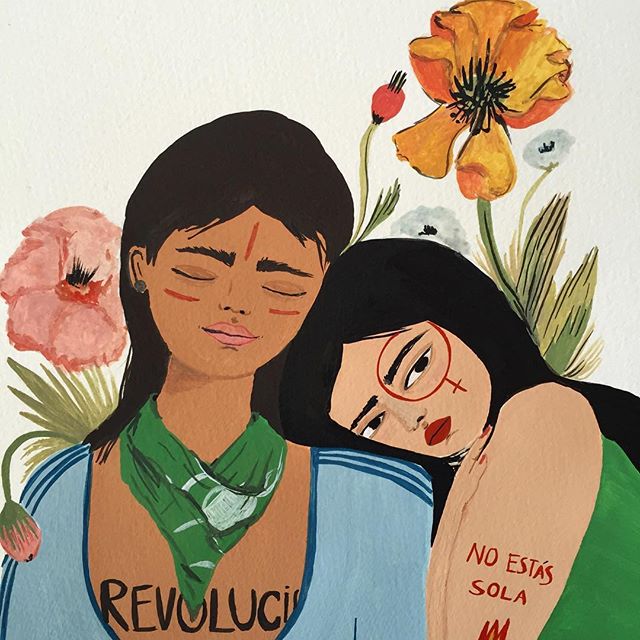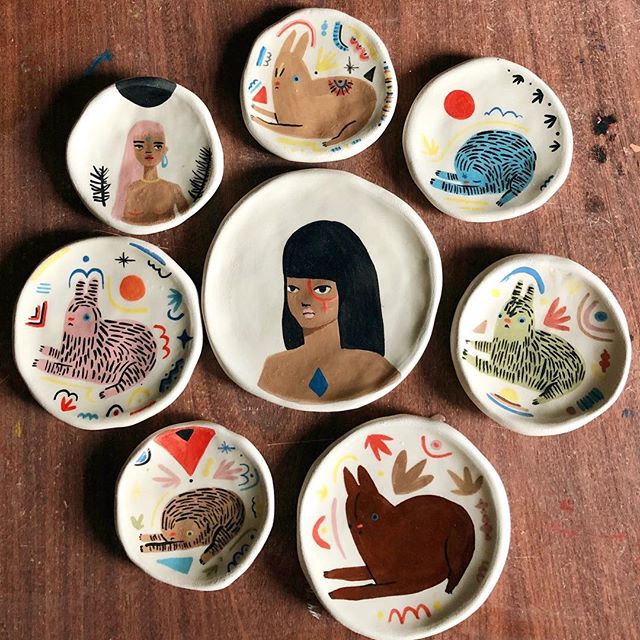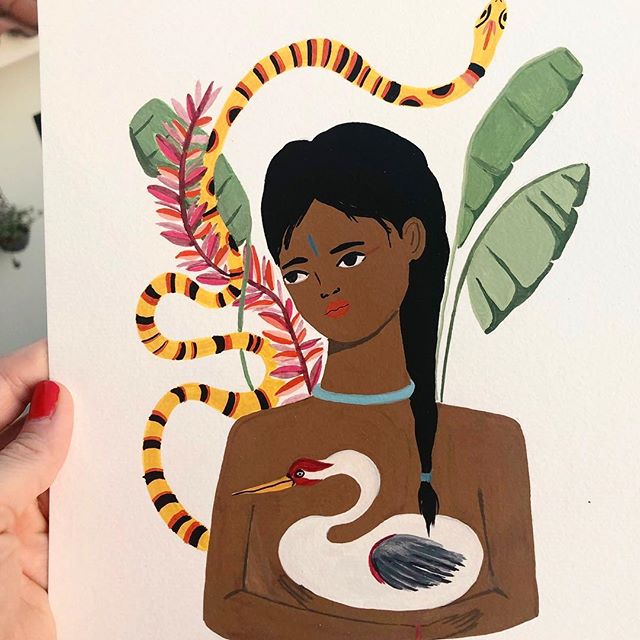Curiosity for our environment is what drives our knowledge. This natural sequence stems from our perception and Vu Q. Nguyen’s artwork persuades us look beyond that surface. As a nature-inspired artist, he believes in the importance of organic interactions and how these impact our lives in a number of ways.
“My interest in the relationship between nature and humans stems from my family and how I grew up. Farming and agriculture played a big part, from places where we plant the food we eat to creating a sense of community. Like many artists, I look to nature to find inspiration but for me it is important to represent nature's influences on every day life. We leave our 'human' traces where we live but how that affects other parts of the world in not very apparent,” he says.
What you might immediately notice in Nguyen’s paintings aside from the beautiful blends of colors are the shapes and dimensions. It all comes down to perception, whether we’re focusing on the bigger picture or just a specific part of it. Whichever way you see it, the context extends like an infinity pool of abstraction where the details take over the entire canvas. The gentle colors and gestural marks represent something that can’t be ignored, which are part of the overall abundance of emotion being evoked beyond the top layer. These marks are all unique in shape, brightness, opaqueness, and stand out to complement the environment, yet show us that one detail cannot exist without the others. Even if parts of the painting stand out, they all belong to the whole, which is the way nature and experiences work. There might be good, bad, surprising parts to everything we experience, but if one hadn’t occurred, then we wouldn’t have the same results after all.
Nguyen explains, “I had a deep interest in storytelling when I first began my career. I represented those stories with symbols and figures. Most of my early works contained symbols that were culturally specific and figures of family and friends whom I knew well. I wanted to tell their stories while incorporating an element of place. Over time my work became more abstract which for me was a natural progression because I became more involved with traveling and nature. I felt that I could tell my story better with more of an emotional expression rather than pure representation.”
The abstract shapes represent the complexities of everything we see in life, yet everything portrayed has many layers, like the physical earth does. These layers can portray anything you imagine, even though Nguyen’s work is built on his travel and organic experiences, what you see can also be applicable to the overall environment within life. Everything in our environment is layered because nothing is really black and white, there are more shades of gray than anything else, which again leads us to perception and how we may see the surface and what lies underneath. Think of each layer and pigment in the paintings as what is beneath each person, the earth, feelings, reactions to actions, among other examples.
“My works over the past five or more years have been linked to land in the sense of how it's divided over time. I incorporate this with things that I find interesting in that area. I make small sketches that represent patterns of what I see. I start the base of my paintings as maps some real, some I make up. Then I put layers of patterns that I've collected more of which will obscure all the drawing underneath. I use a wide variety of mediums. Currently I create a lot of my work using dry pigment. I tend to use drawing as painting so oil sticks, pens, markers, charcoal/graphite is my main go-to,” he says.
There is a sense of looking within and without when you’re observing these landscapes. This causes you to look into what is there from the inside, meaning the layers and what completes the whole or it causes you to look at the bigger picture, as if you’re looking at things from the sky. It all depends on your personal viewpoint, which relates to how you look at things in life: Are you looking at the details up close and analyzing every single thing that is presented right in front of you, or are you pulling back and analyzing things from afar and getting a gist of what the overall message might be? That is the question.
Nugyen exhibited his work at the Foundry Gallery in Washington D.C. this past spring. For more about the artist’s work, please visit his website.
Today’s poem represents the detail of emotive color and movement found in Vu’s paintings:
Field of Moving Colors Layered
I’m not easily mesmerized.
But how can you not be drawn in by swirls,
angles and whorls brought together to obey
a field of moving colors layered, muted ...
others bright that make you linger
there?
Just look at those Carpaccio reds.
Right then my mind
leaps to Cezanne:
his dark-blue vest in Self-Portrait (1879–1880);
the Seven Bathers (ca. 1900) wallowing in blue;
his blue beyond in Château Noir (1904).
Consider now the three, or is it four figures
in Alberto Valdés’s Untitled (ca. 1965).
They are wayward energy, moving right
to left (the right one more sensuous than the rest)
about to dive
into the deep-blue waiting — call it the unknown.
I’d like to be there when they meet that blue abyss
head on.
Will they keep their shape, I wonder,
or break up and rearrange themselves
into a brighter, more memorable pose
... into a bigger elemental thing?
I’m really asking this:
When they run into the landscape of blue,
will these figures lose their logic of luster?
Will they lose their lucid argument of color,
their accumulated wealth of geometry?
Will they still engage the entire me,
hold me,
keep me mesmerized?
